Based on polls by Gallup, almost half of U.S. employees thought their employers cared about their well-being early on in the pandemic. That sentiment did not last:
Fewer than one in four U.S. employees feel strongly that their organization cares about their wellbeing — the lowest percentage in nearly a decade.
This finding has significant implications, as work and life have never been more blended and employee wellbeing matters more than ever– to employees and the resiliency of organizations. The discovery is based on a random sample of 15,001 full and part-time U.S. employees who were surveyed in February 2022.
Maybe this is just life’s way of saying it’s healing.

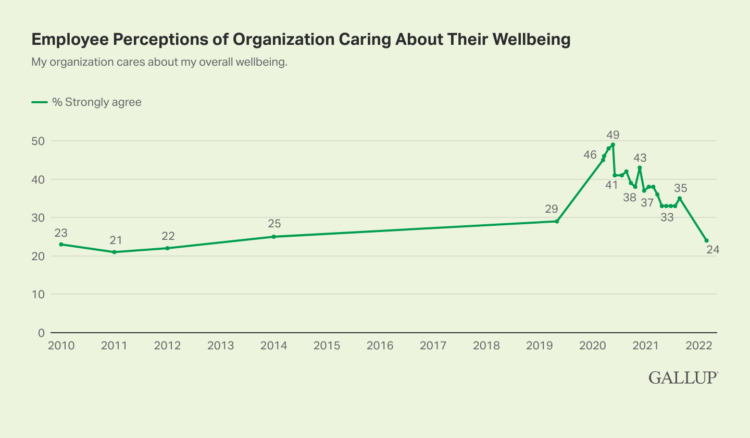
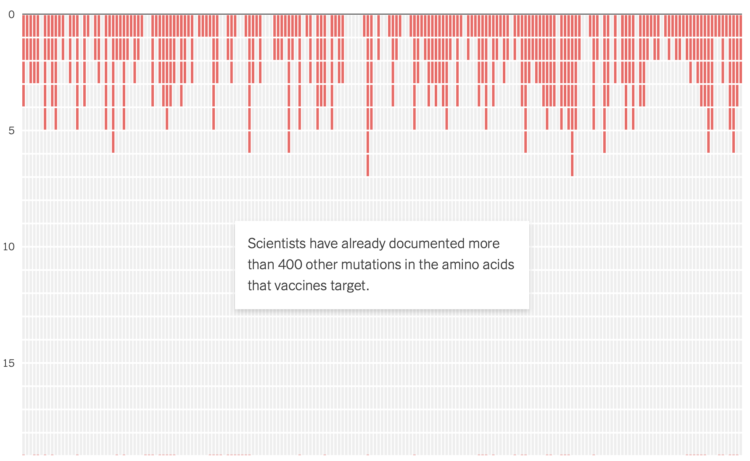
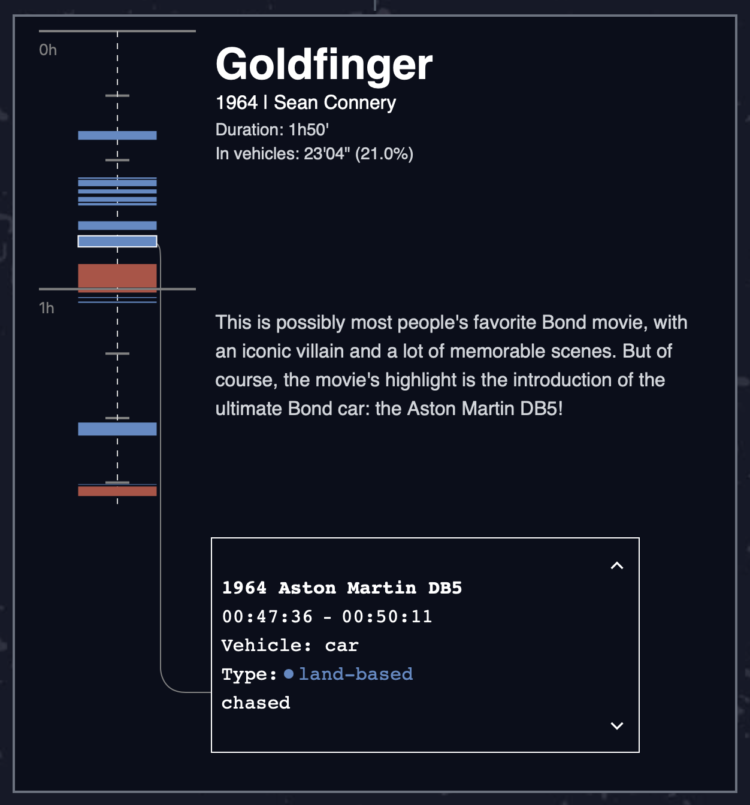
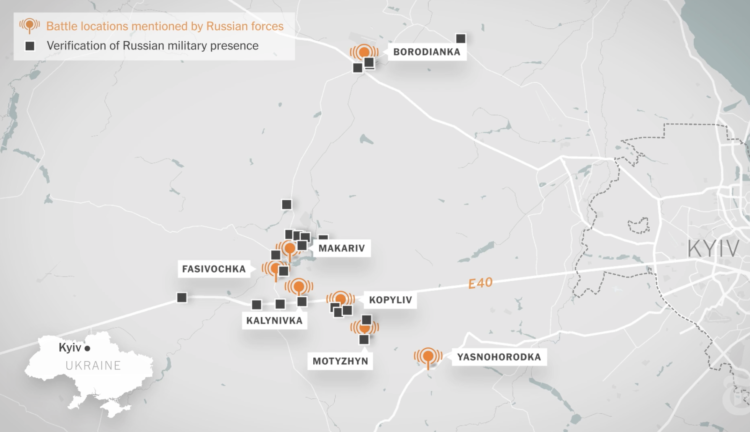
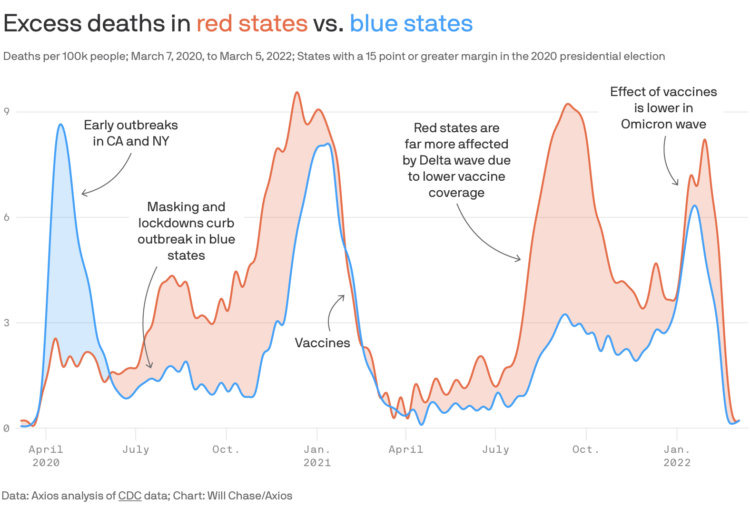
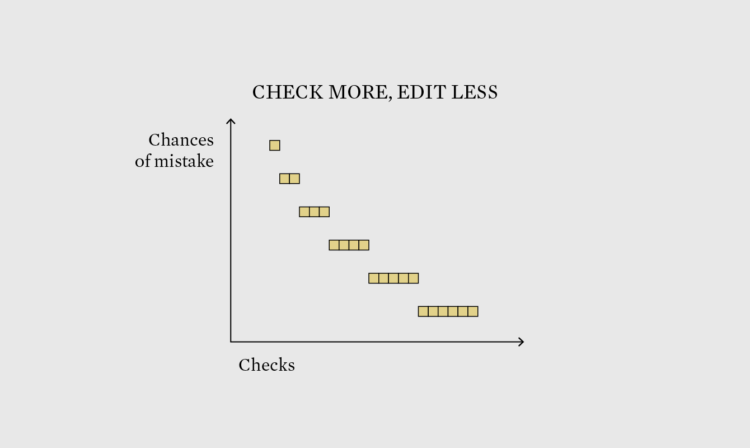
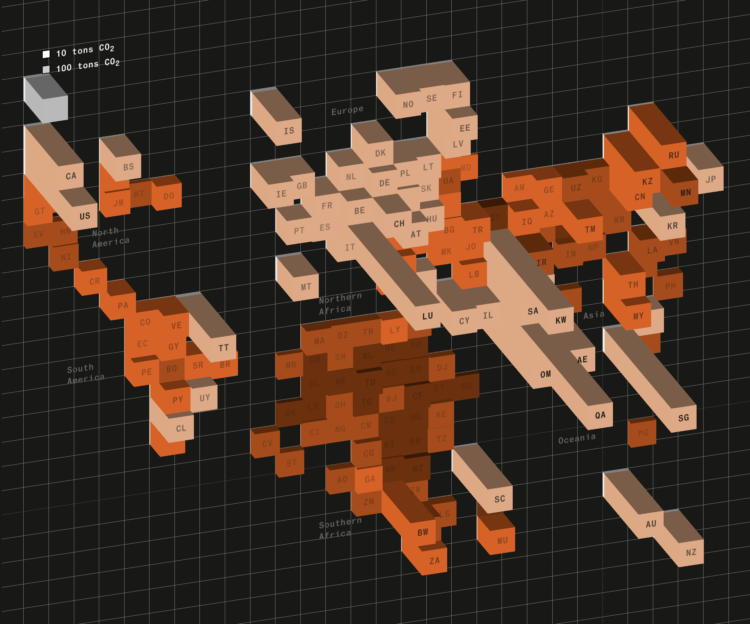
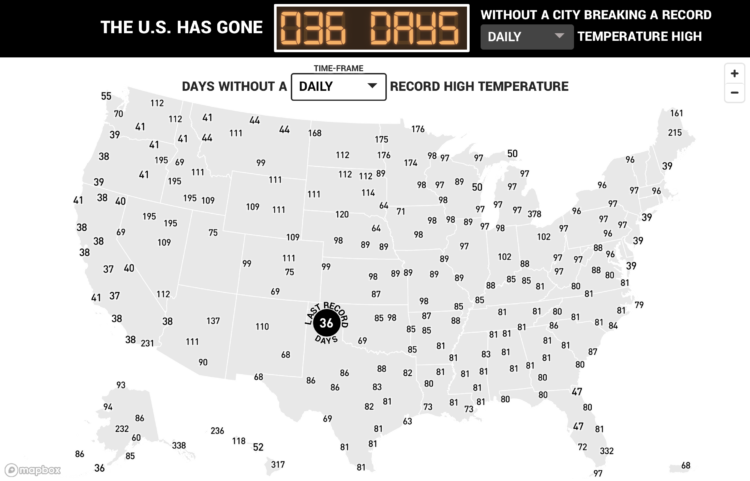
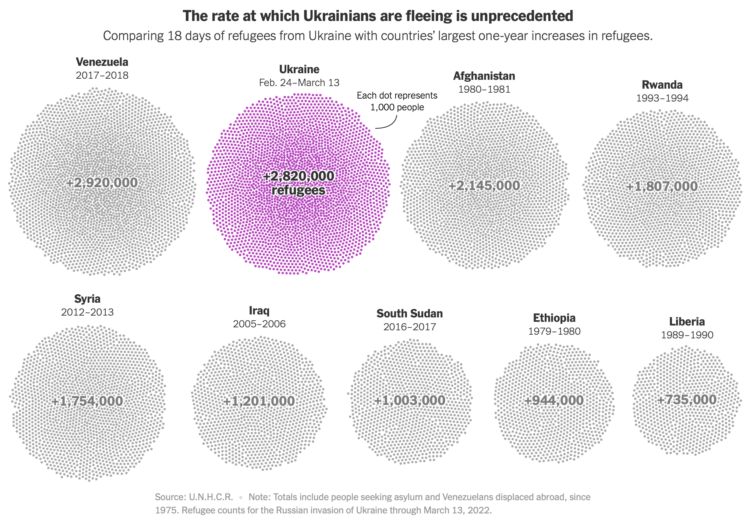

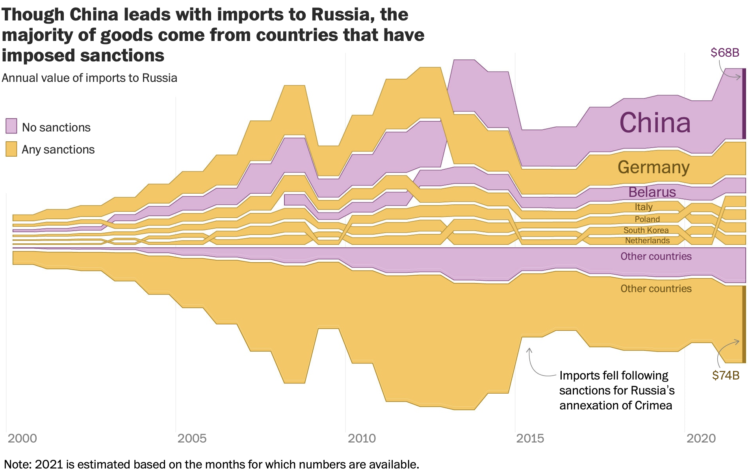
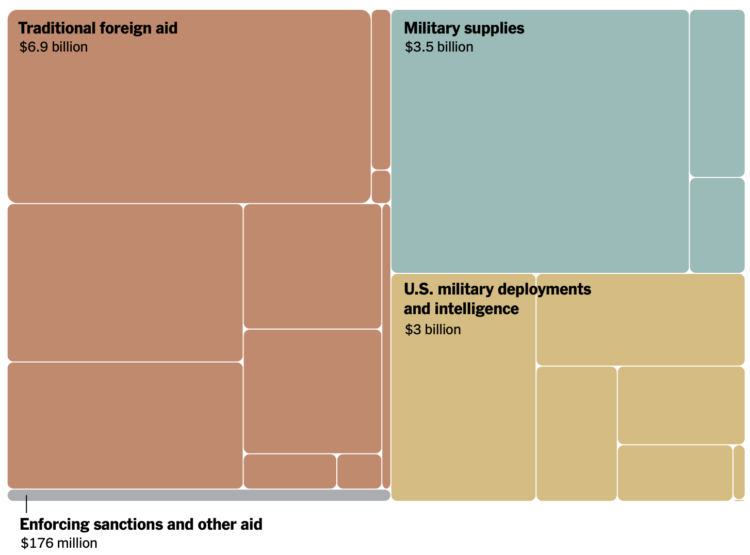


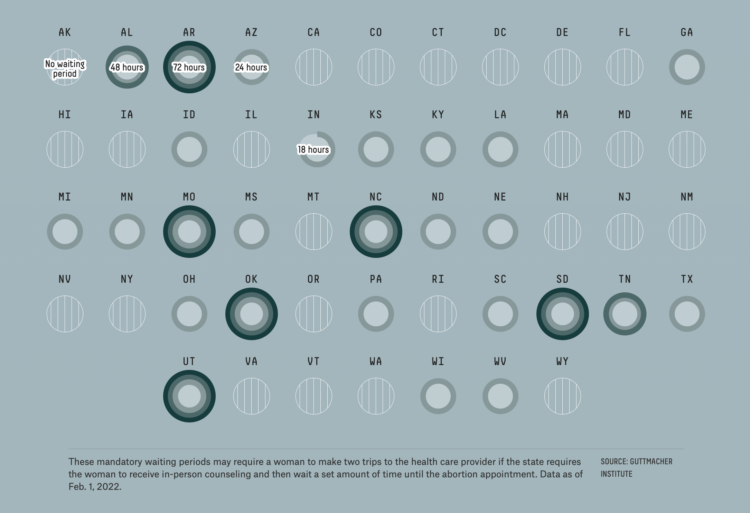
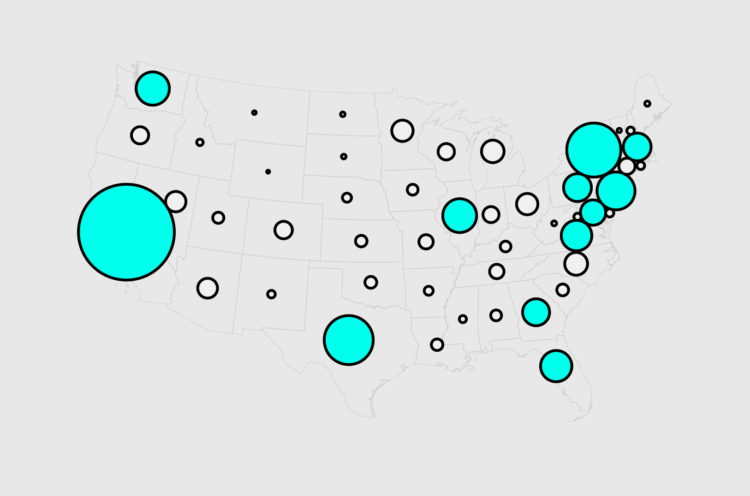
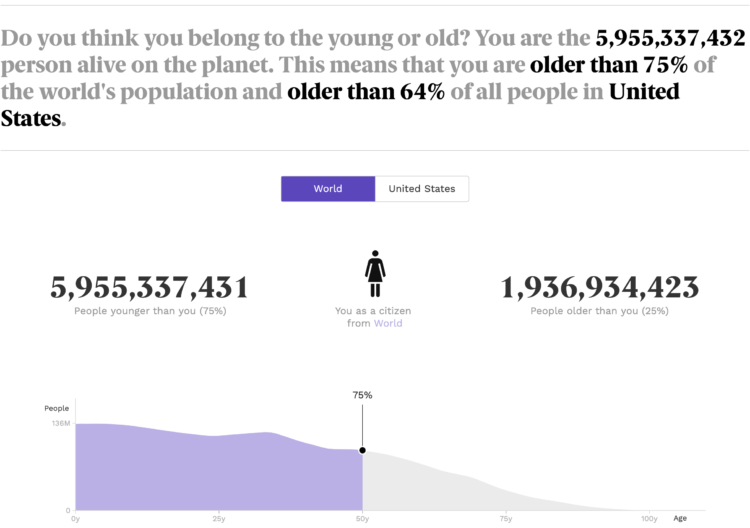
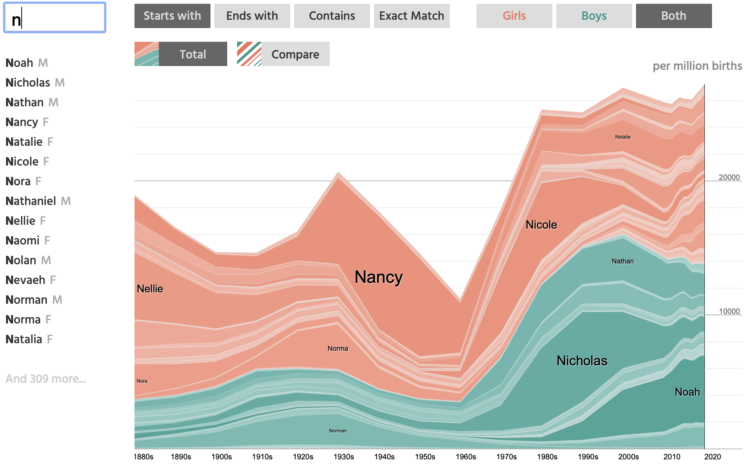
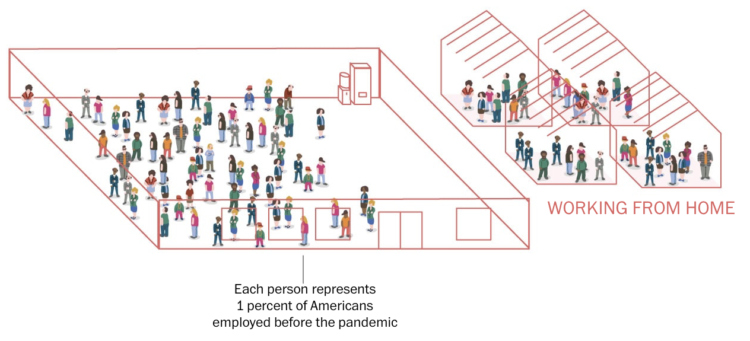
 Visualize This: The FlowingData Guide to Design, Visualization, and Statistics (2nd Edition)
Visualize This: The FlowingData Guide to Design, Visualization, and Statistics (2nd Edition)










